The Right Age to Start
Introducing chess to toddlers can be a delightful and enriching experience, although it may seem daunting due to their young age. Experts suggest that children as young as two or three can begin to grasp simple concepts of the game. At this age, the objective is not to turn the toddler into a chess prodigy but rather to expose them to the game's basic elements in a fun and engaging way.
Benefits of Chess for Toddlers
Chess can significantly benefit toddlers by enhancing their cognitive development, improving concentration, and teaching important life skills such as patience and sportsmanship. Early exposure to chess has also been linked to better problem-solving skills, increased creativity, and improved memory.
Initial Steps
Introducing chess to toddlers should be approached with simplicity. Start by introducing the chessboard and the names of the pieces. Explain that the board is where the battle takes place, and each piece has a unique way of moving. Toddlers enjoy stories and characters, so associating each piece with a character can make learning more relatable and engaging for them.
Making Learning Fun
Keeping the learning experience playful is key. Here are a few strategies:
- Use Colorful Chess Sets: A brightly colored chess set can make the game more visually appealing to a toddler.
- Storytelling: Create simple stories about the adventures of the knight or the queen to capture their imagination.
- Mini-games: Focus on mini-games using only one or two types of pieces. For instance, place several pawns on the board and teach how they move and capture.
Tips for Teaching Chess Movements
When teaching the movements of the chess pieces, keep explanations clear and straightforward:
- The Rook: Teach them it moves in straight lines, either up-and-down or side-to-side on the board.
- The Bishop: Explain that the bishop moves diagonally across the board.
- The Queen: Show that she can move like both the rook and bishop, making her the most powerful piece on the board.
- The Knight: Describe the knight’s movement as an “L” shape. It can be fun to show how the knight jumps over other pieces.
- The King: Teach the king’s slow but valuable movement: one square in any direction.
Incorporating Technology
In today's digital age, various apps and online games can make chess learning more interactive and entertaining for toddlers. Many of these platforms are designed with vibrant animations and tutorials geared towards young learners. However, it's important to balance screen time with hands-on learning to keep the experience tactile and engaging.
Creating a Routine
Consistency plays a critical role in learning. Create a regular schedule for chess sessions, possibly integrating them into the toddler’s daily or weekly routine. The key is to keep each session short but meaningful, lasting no more than 15-20 minutes to align with their attention span. Furthermore, be patient and celebrate their small victories to keep them motivated.
Playing with Peers
As toddlers grow, consider introducing them to playing chess with peers. Playing with other children can enhance their social skills and make the learning process even more enjoyable. It also helps in understanding sportsmanship from an early age.
Conclusion
While introducing chess to toddlers is an exercise in patience and creativity, it is also immensely rewarding. It not only kickstarts their cognitive development but also opens up a space for bonding through a shared love for the game. With the right tools and approach, you can set the foundation for a lifelong enjoyment and benefit from chess.
Explore our large collection of luxurious chess sets!


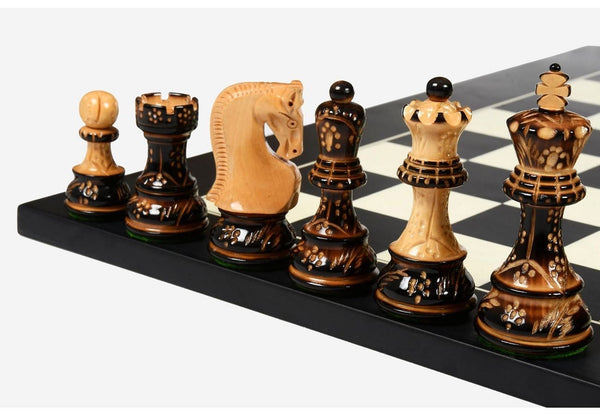
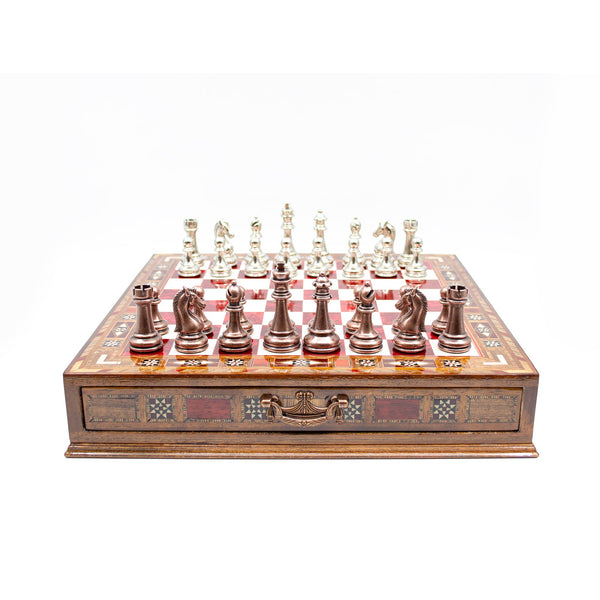
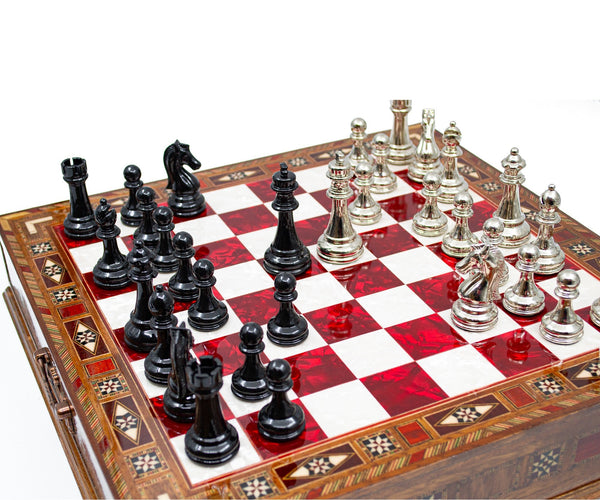
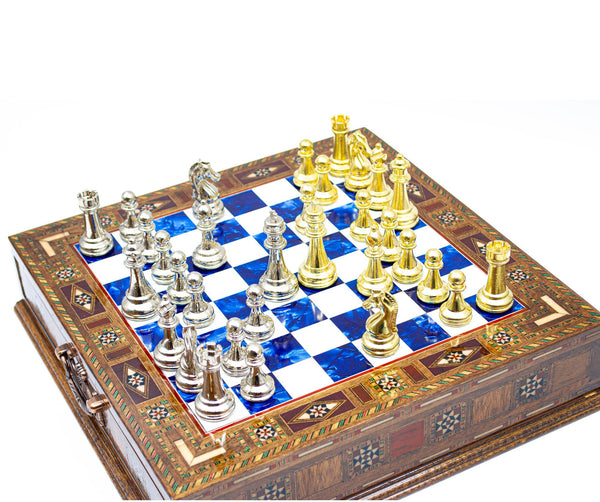
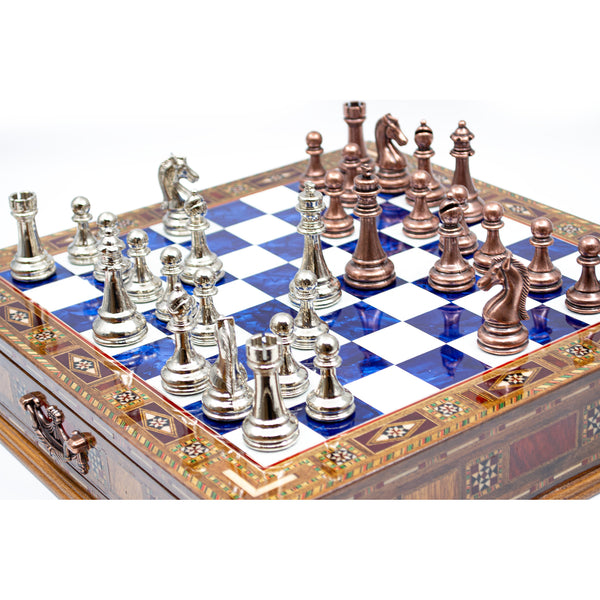
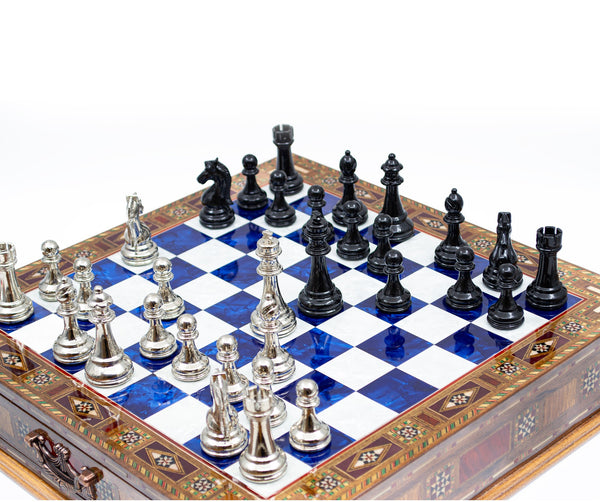






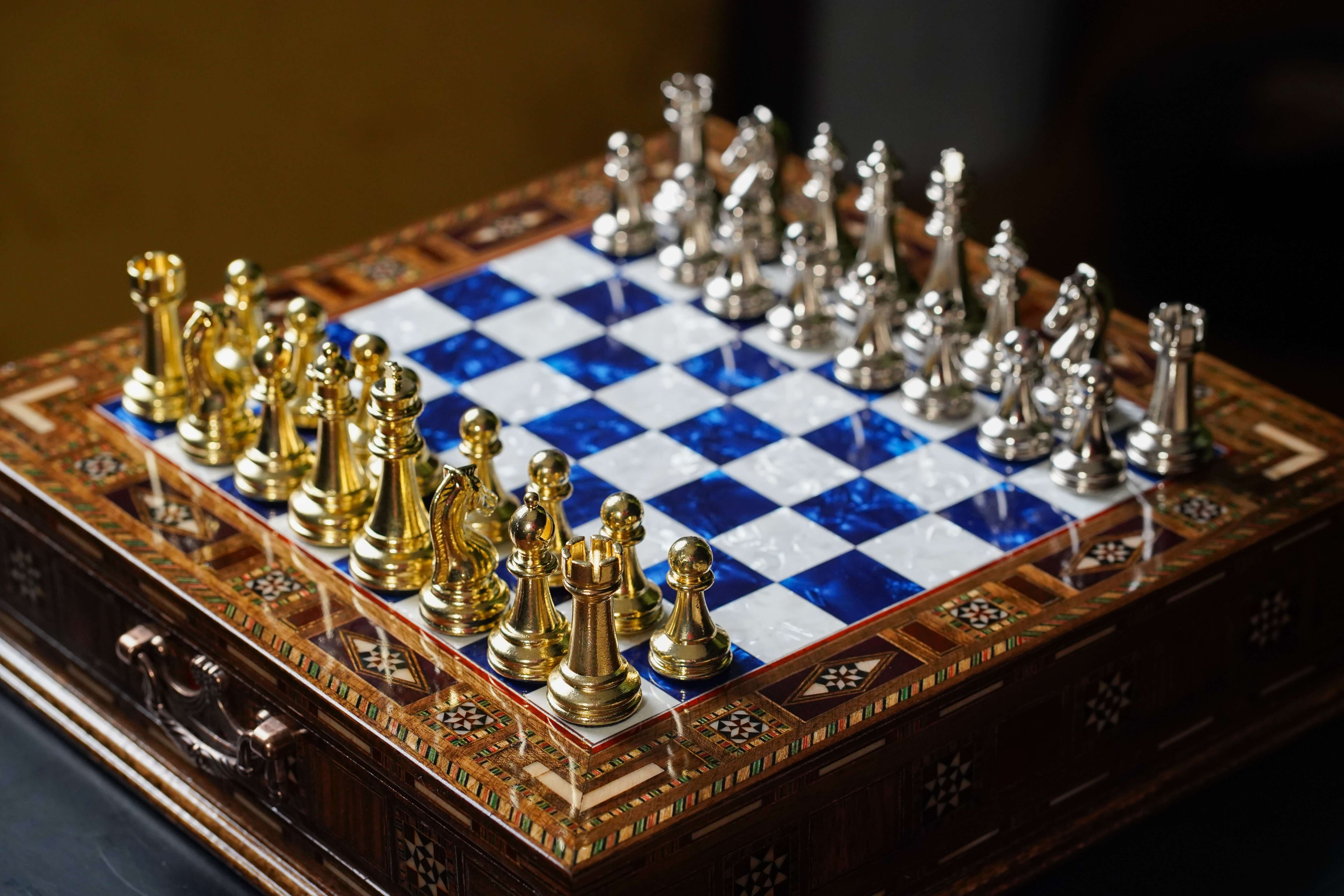
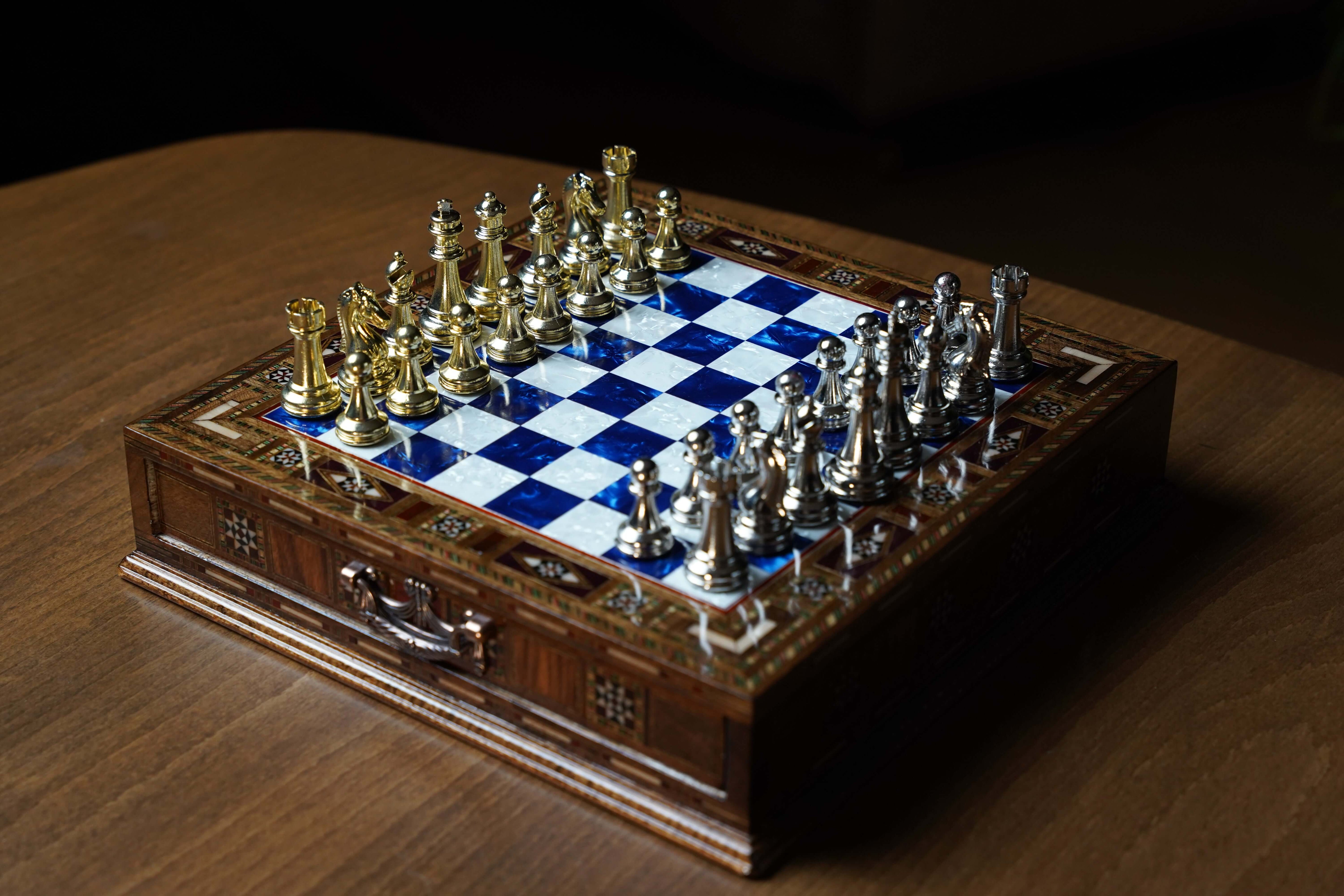
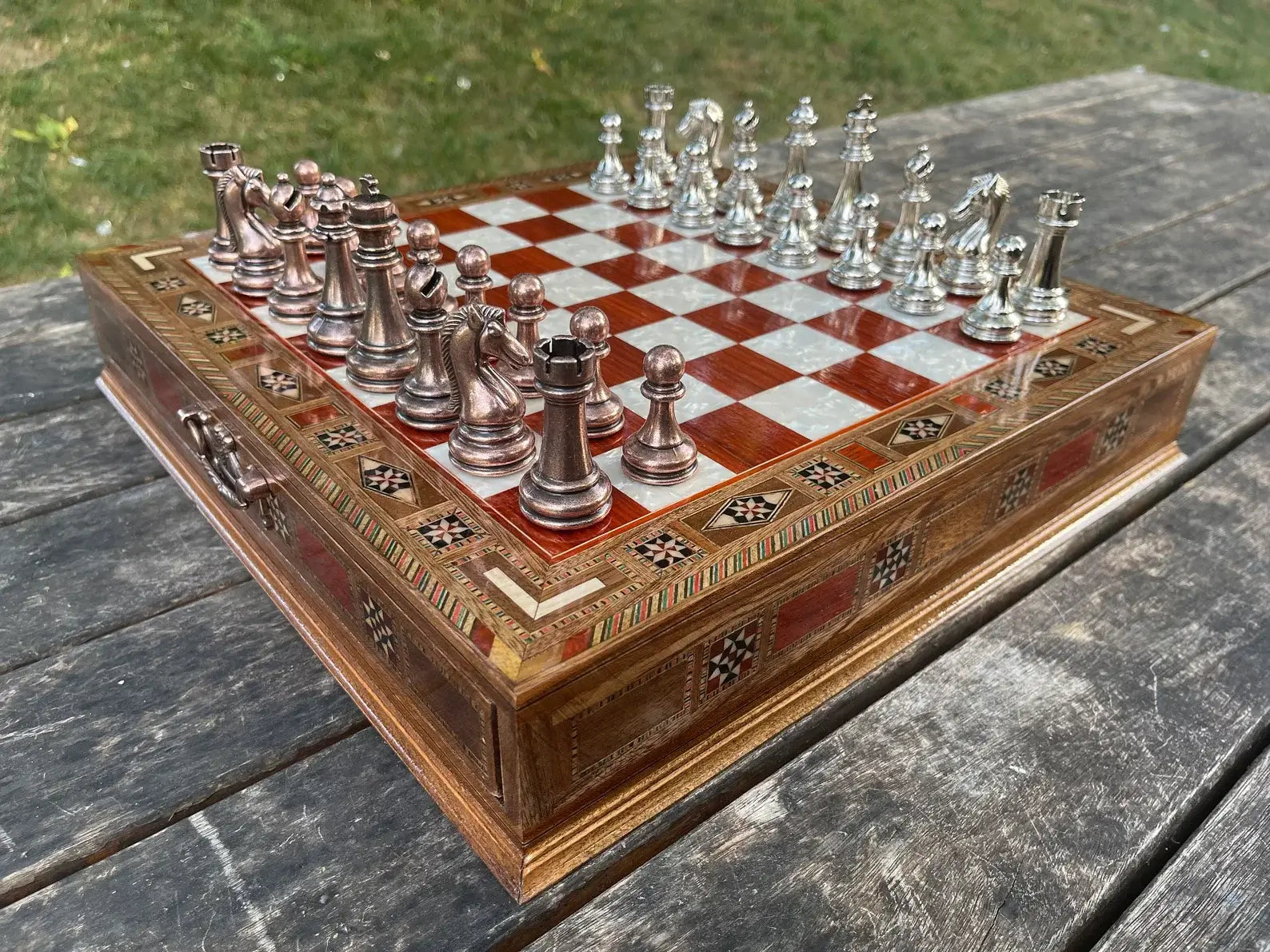
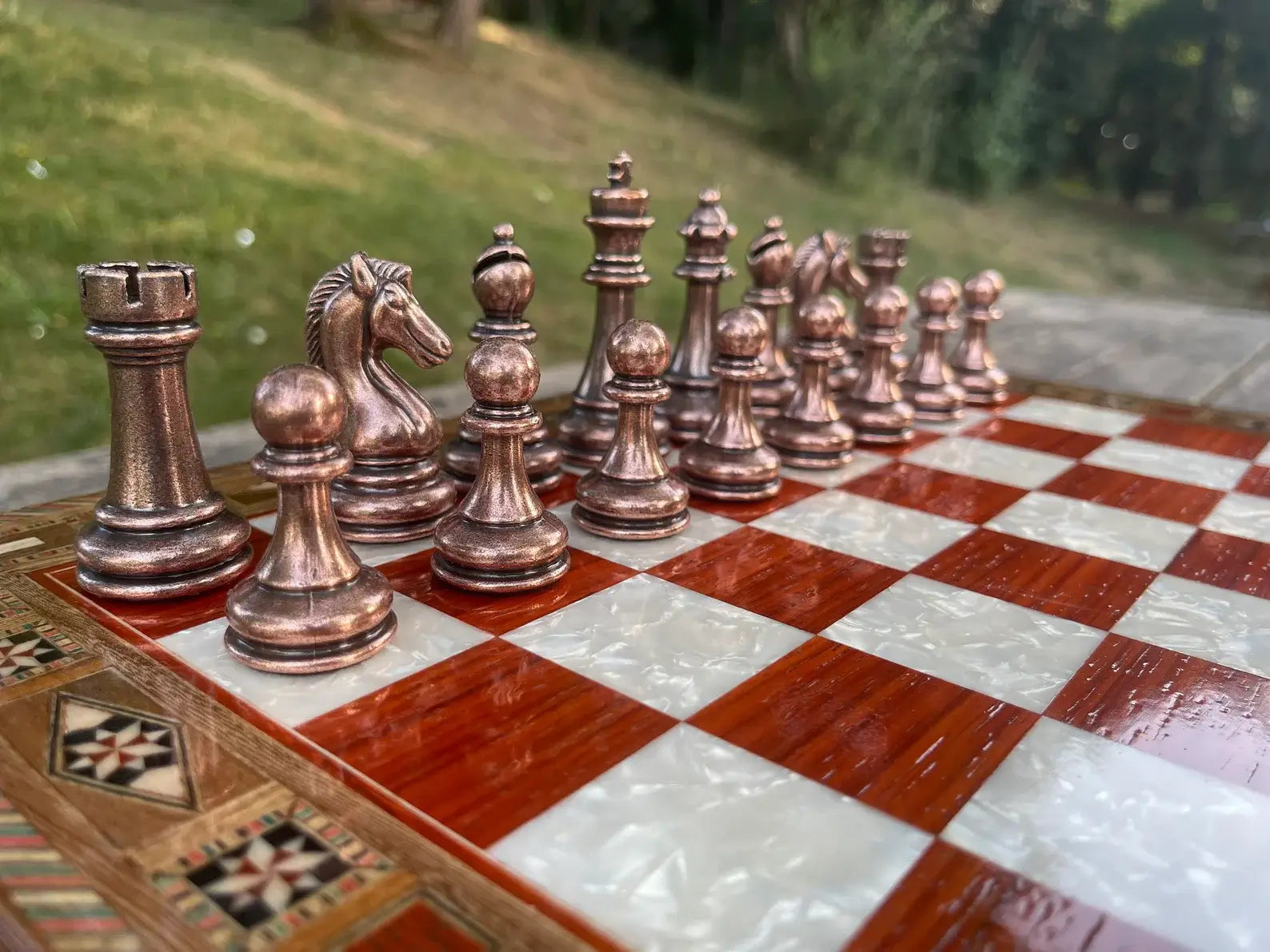
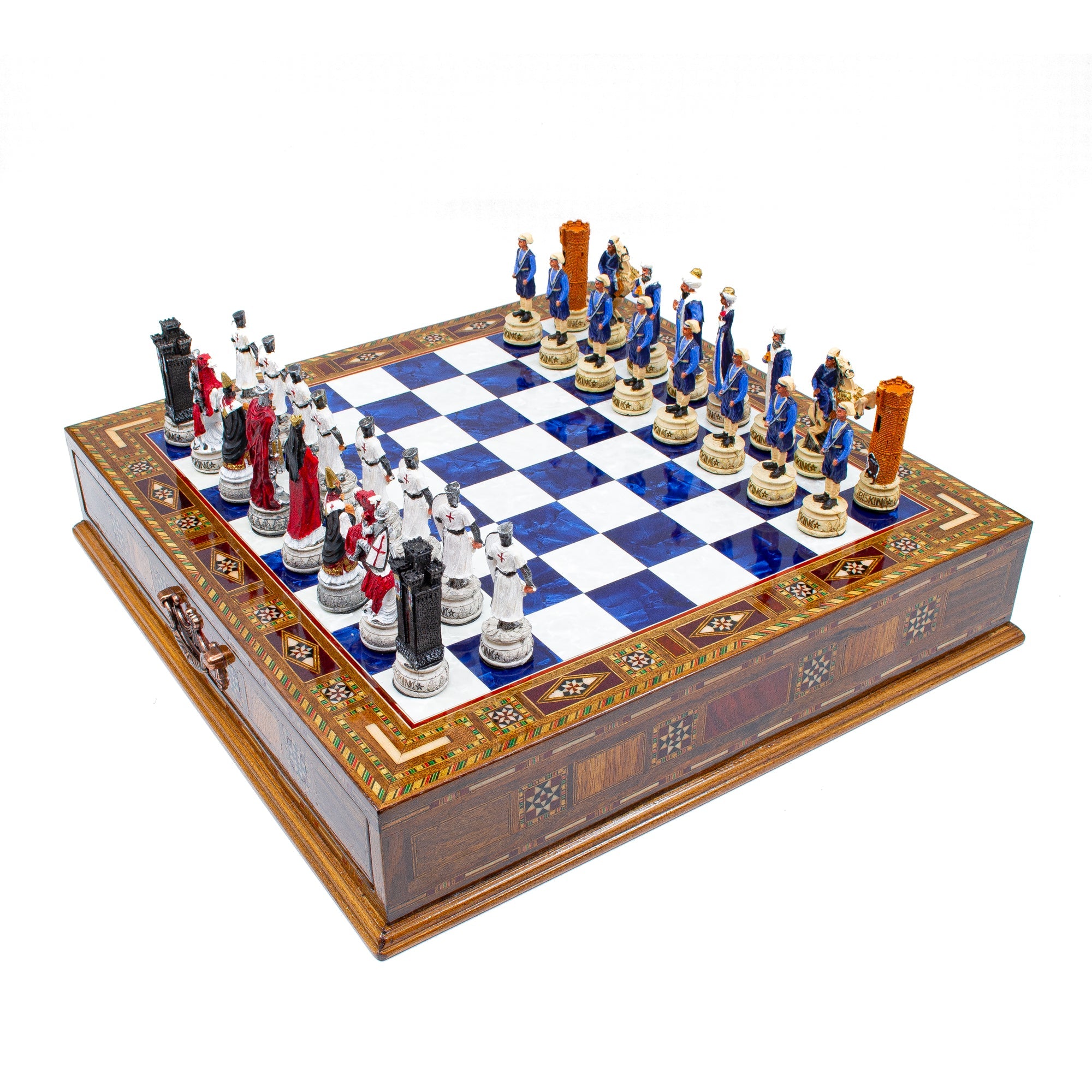
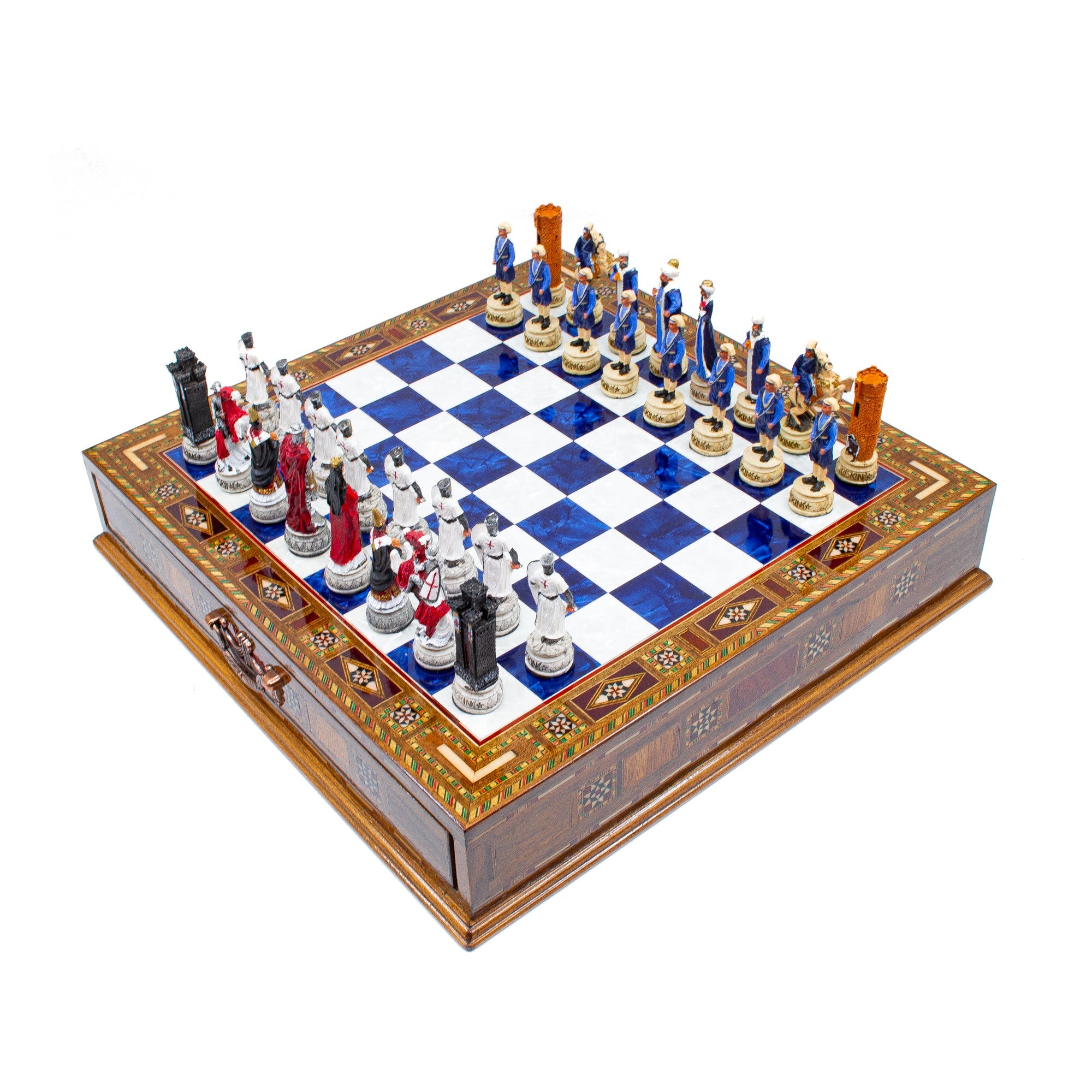
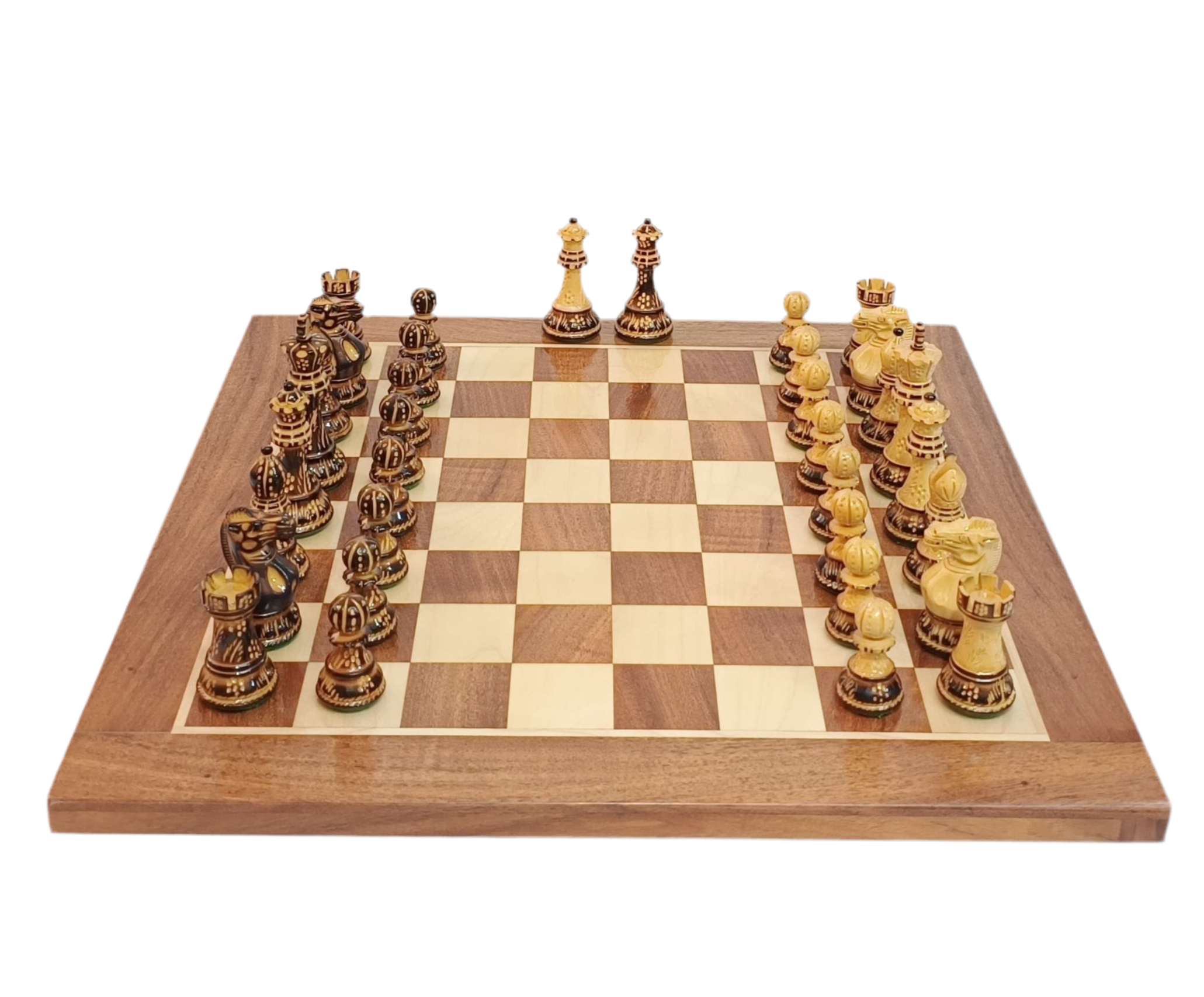
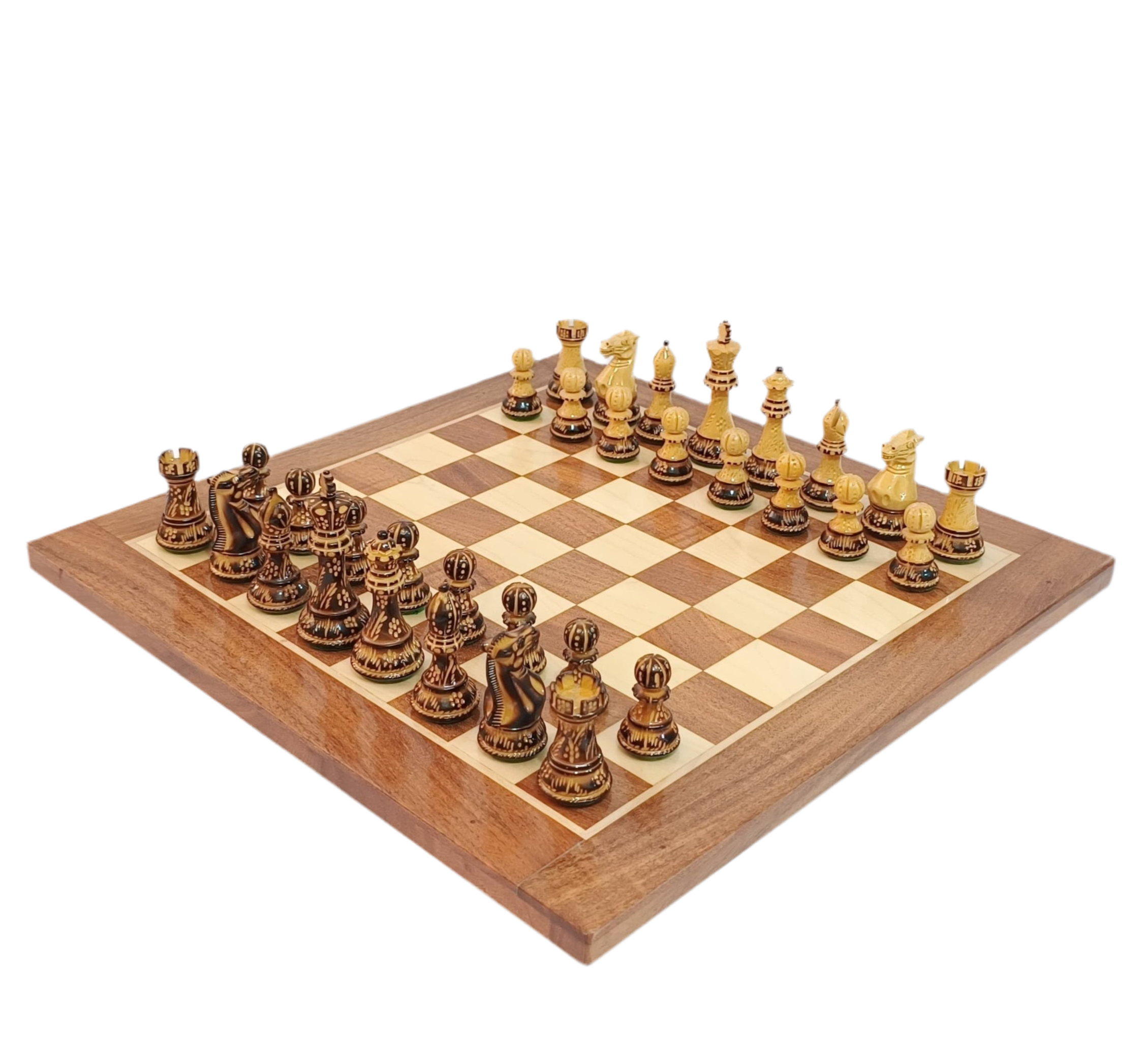
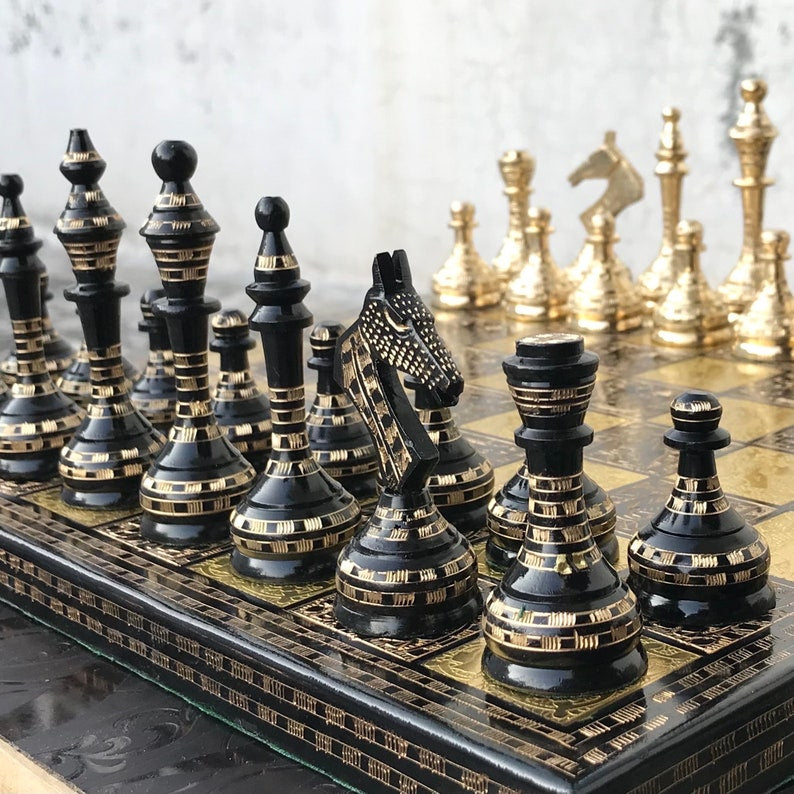
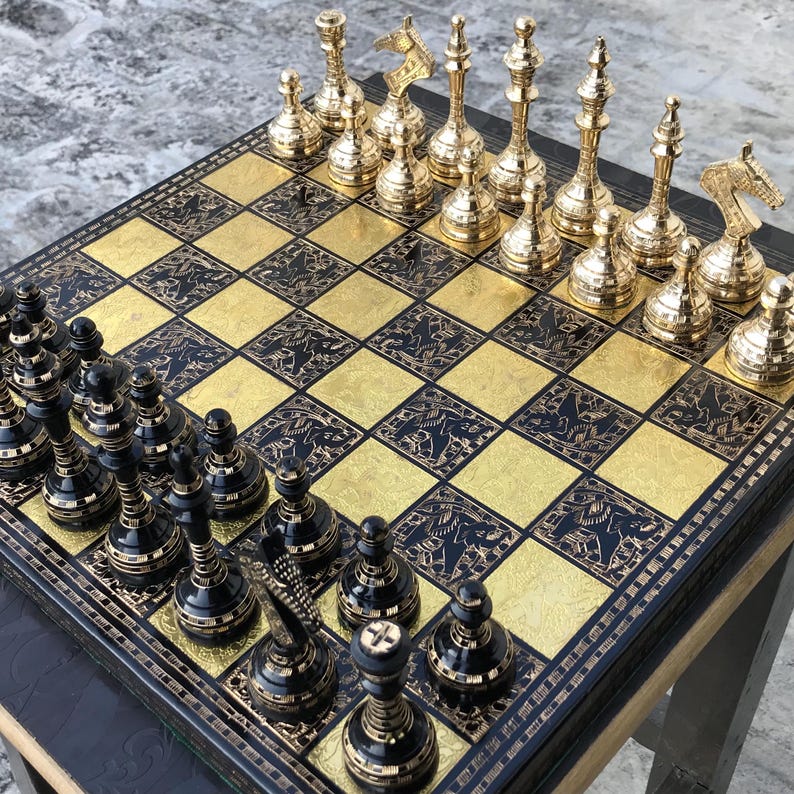


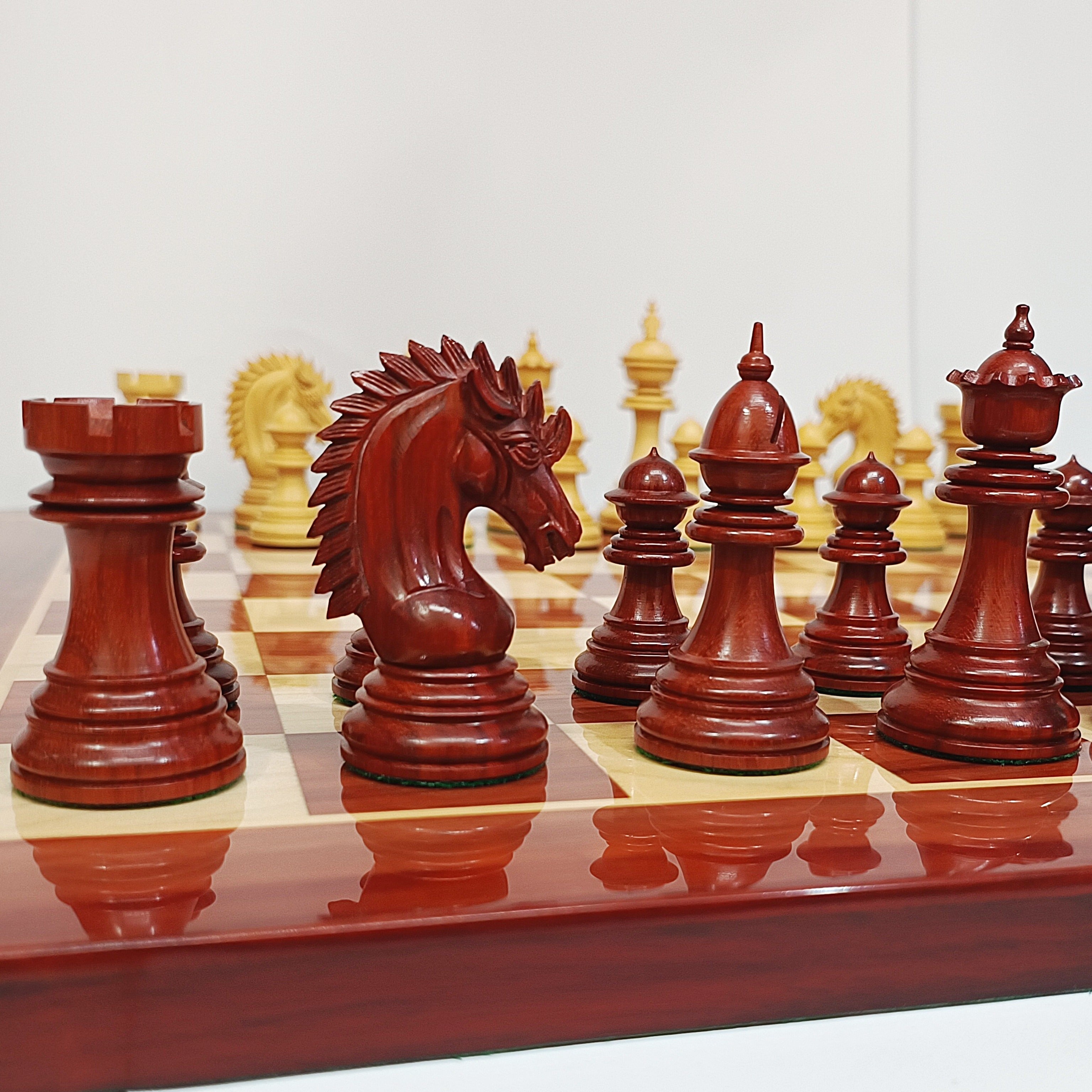
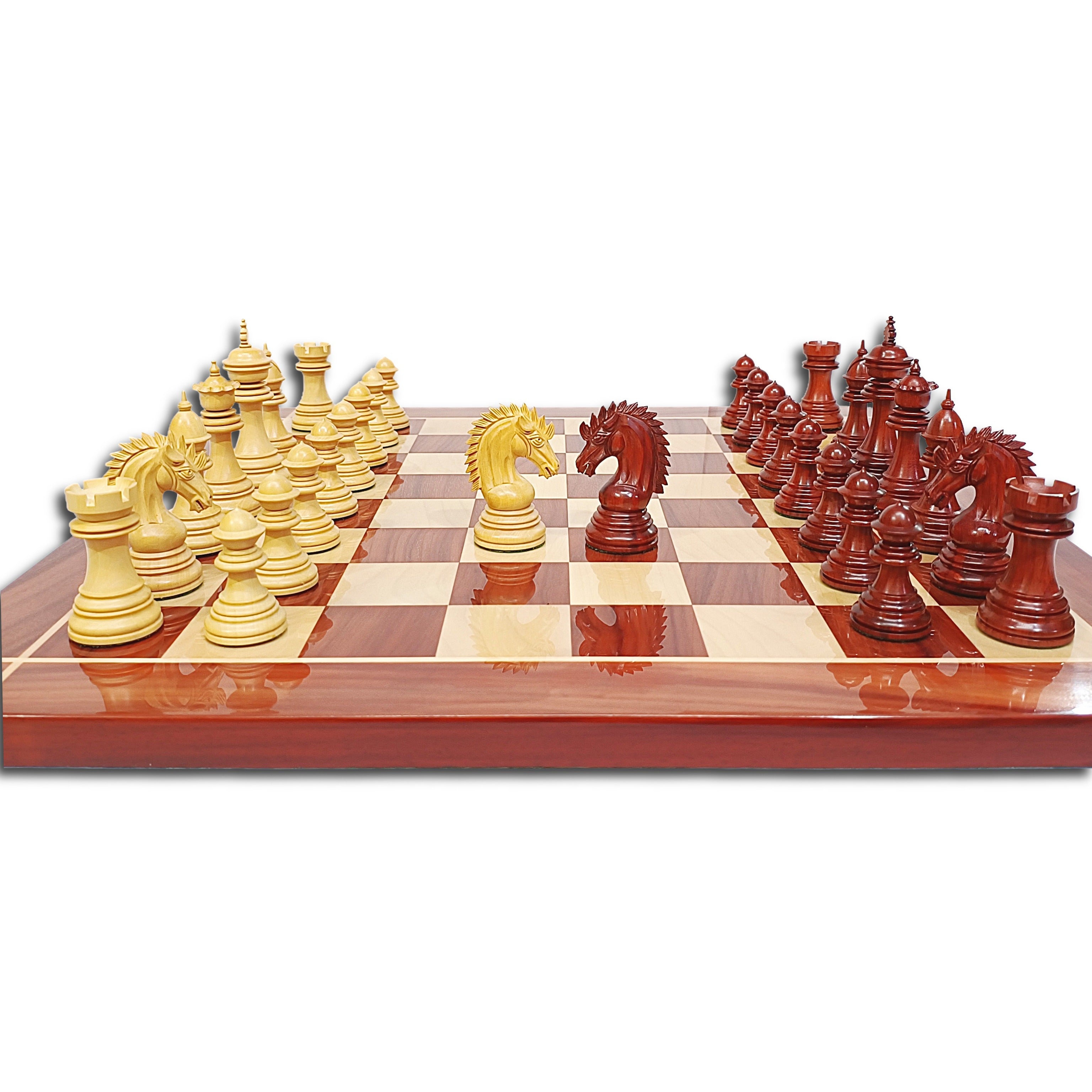

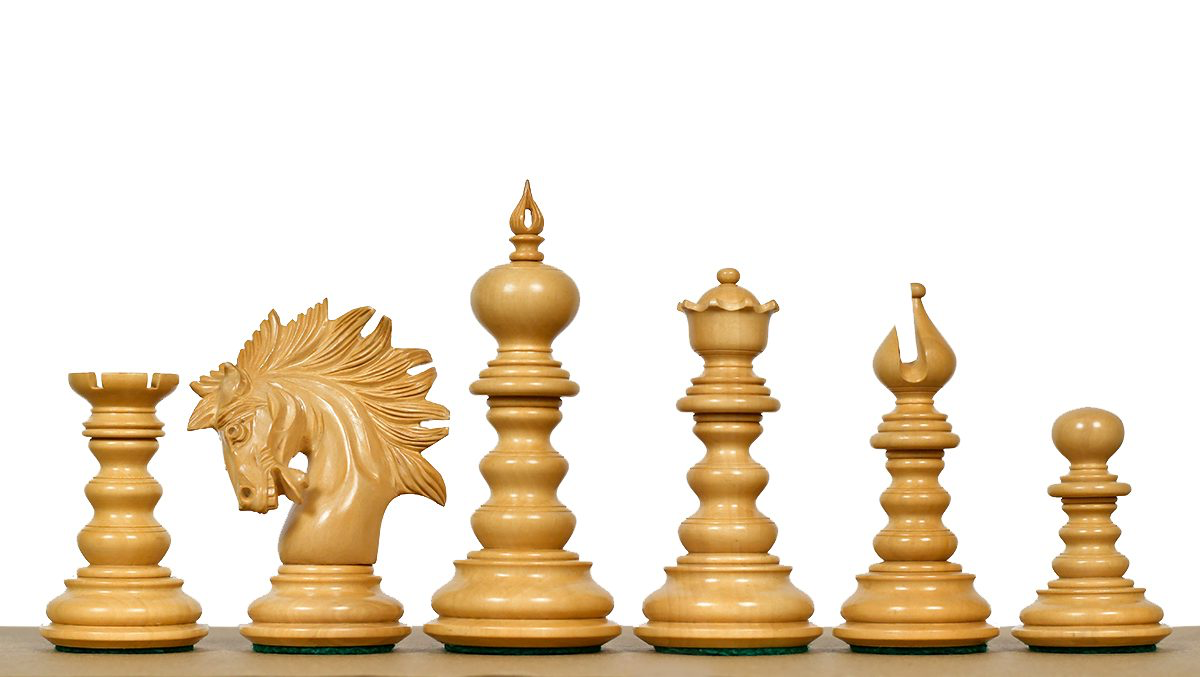
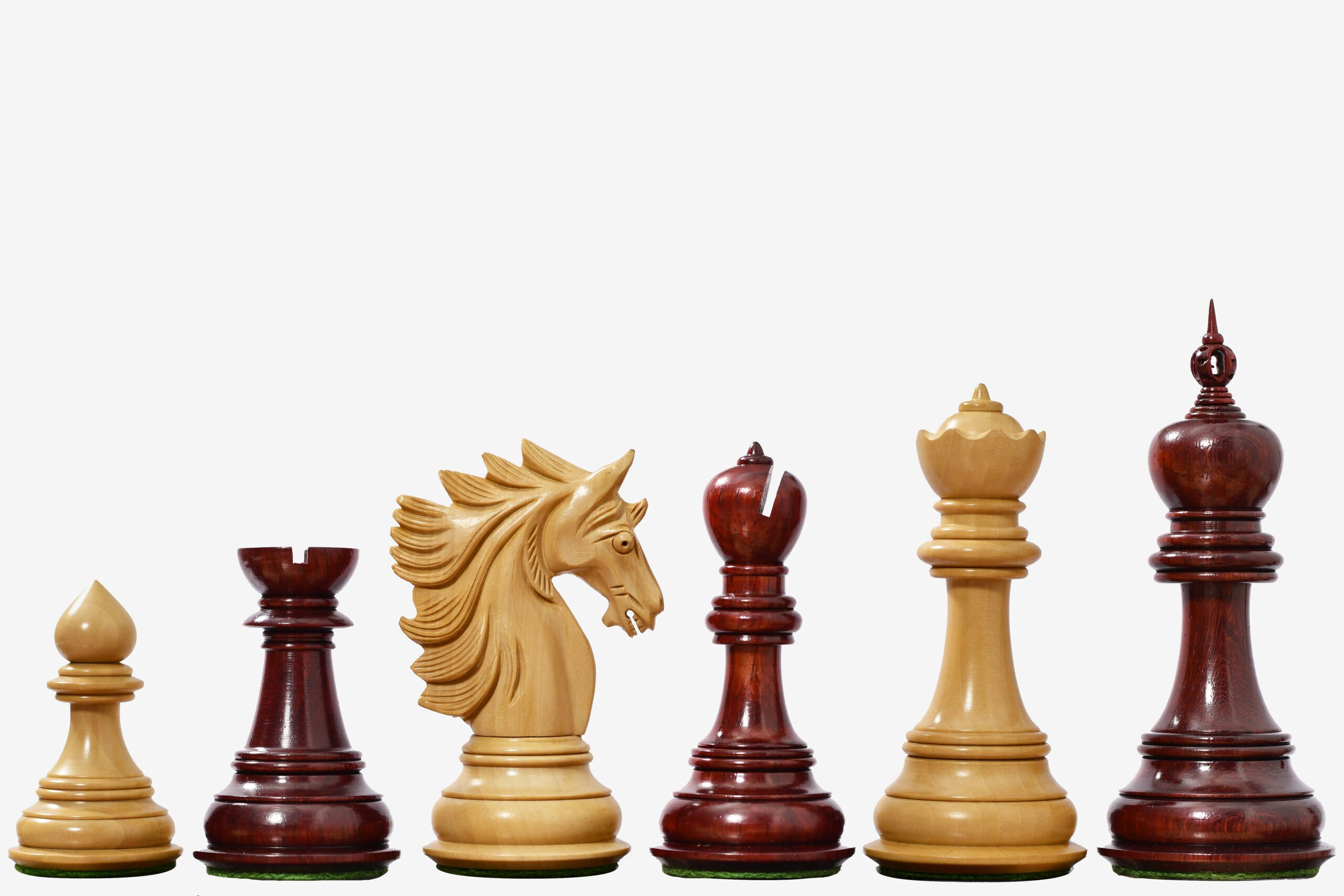
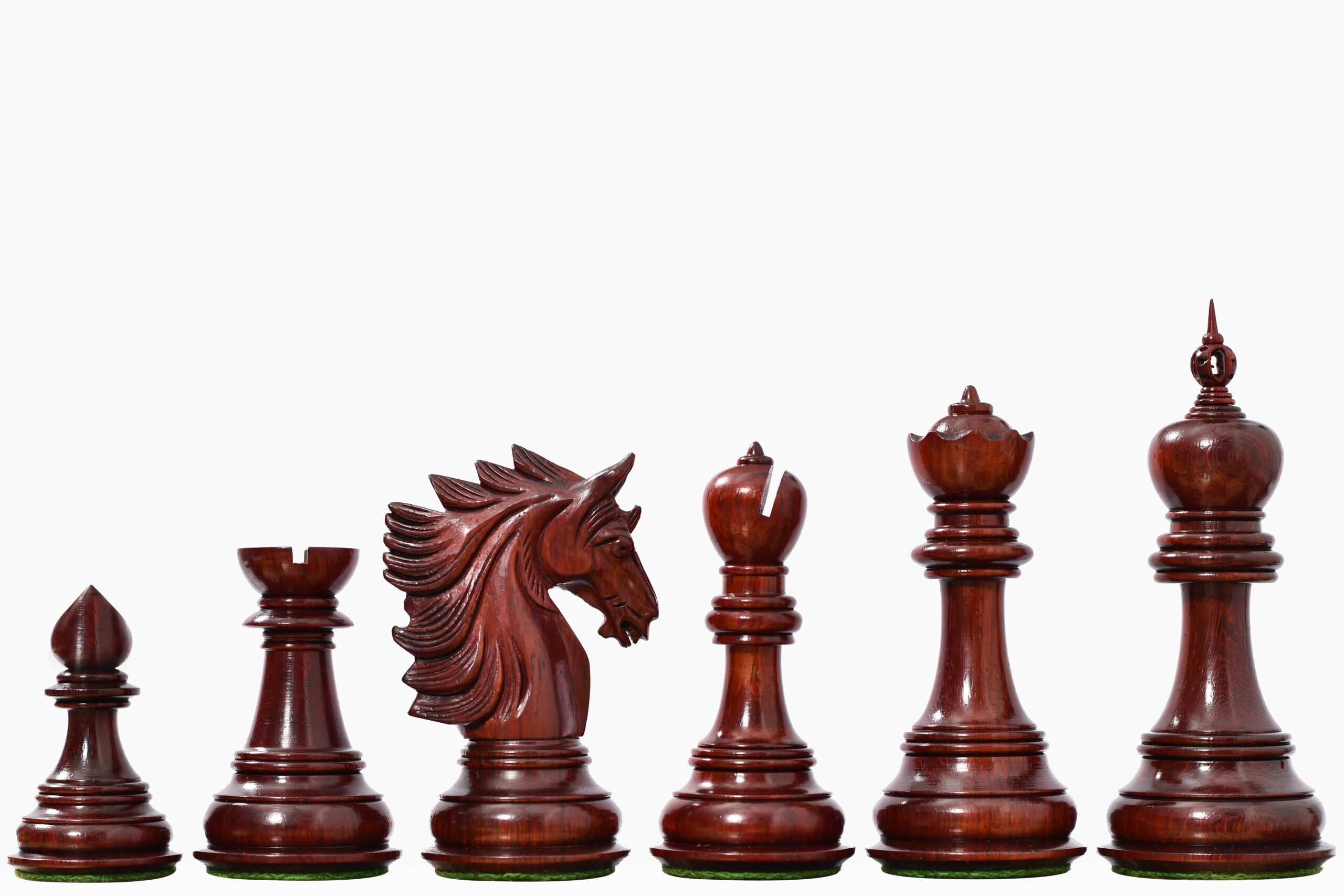
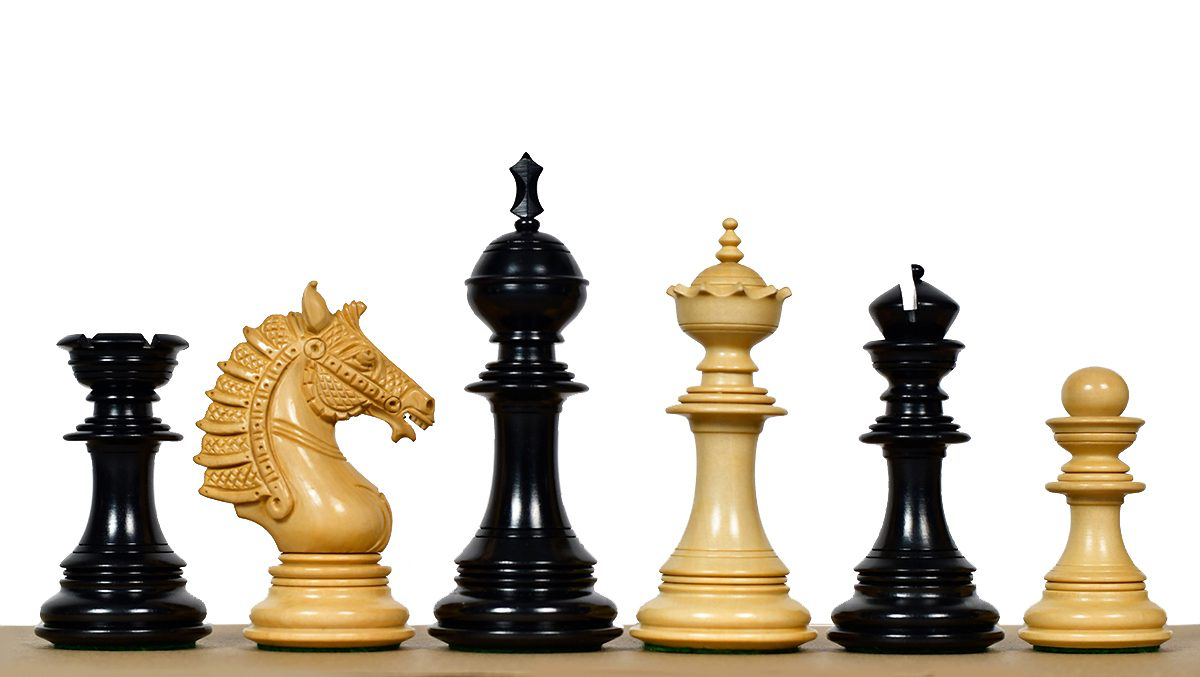
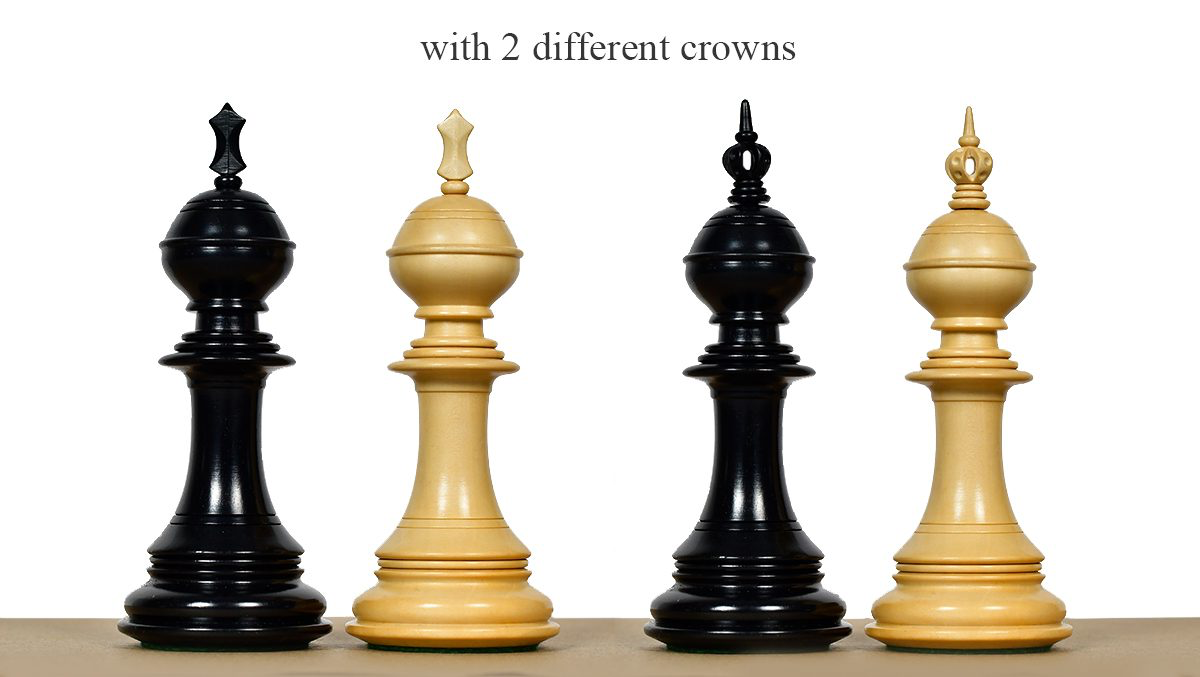
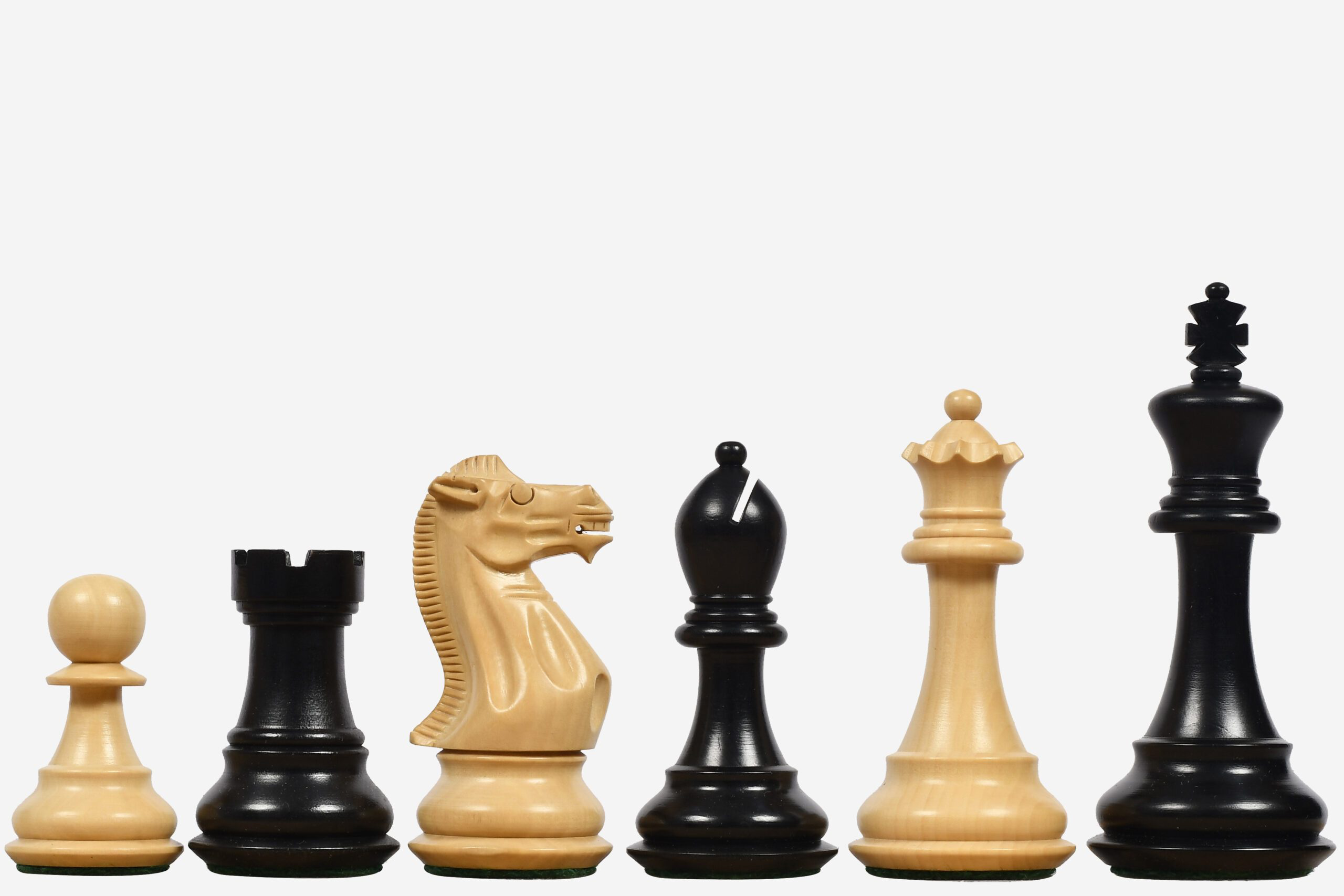
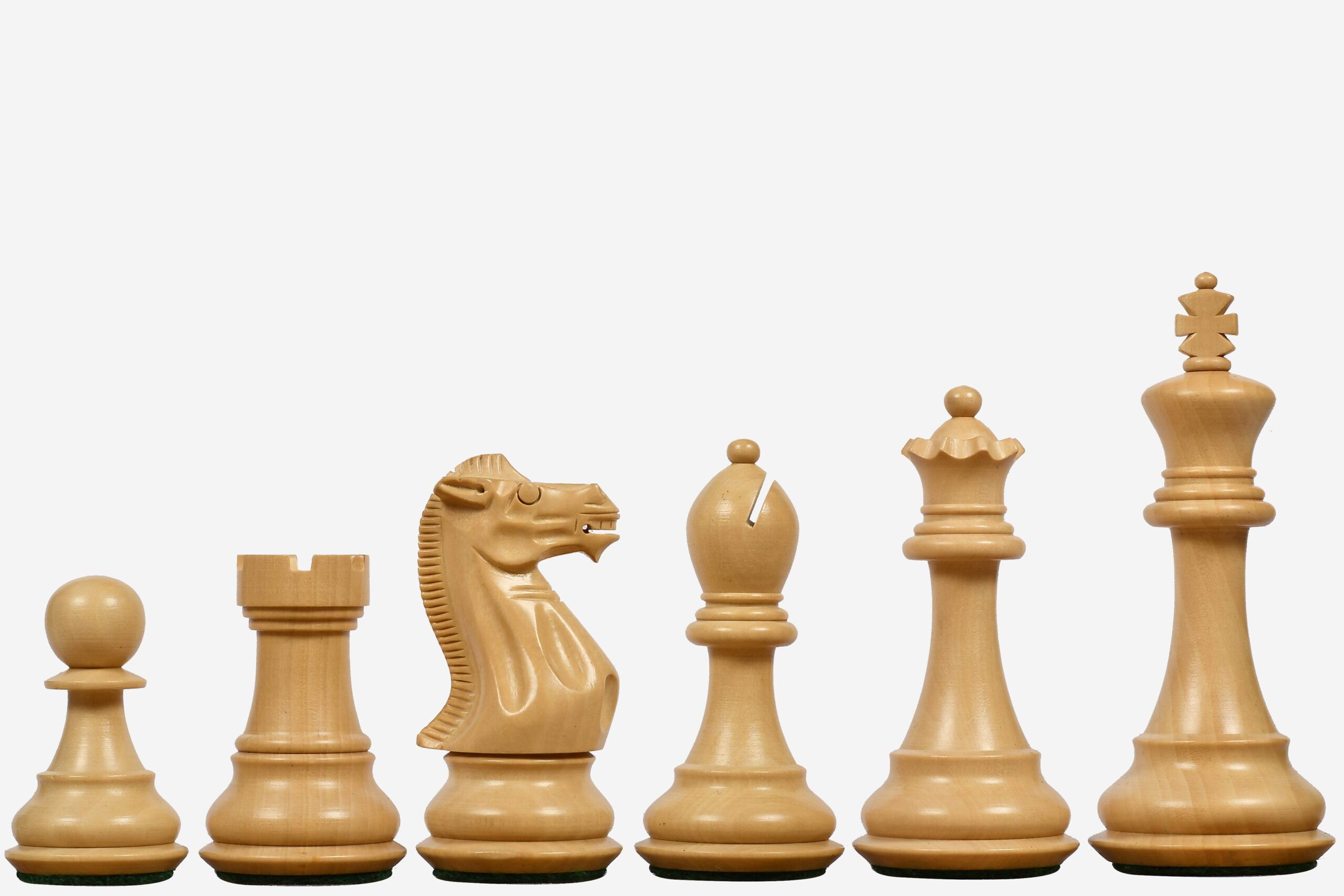
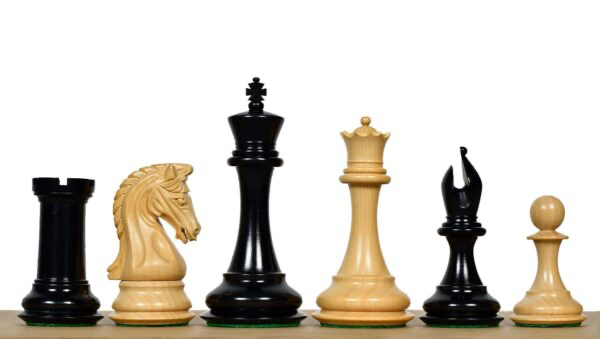
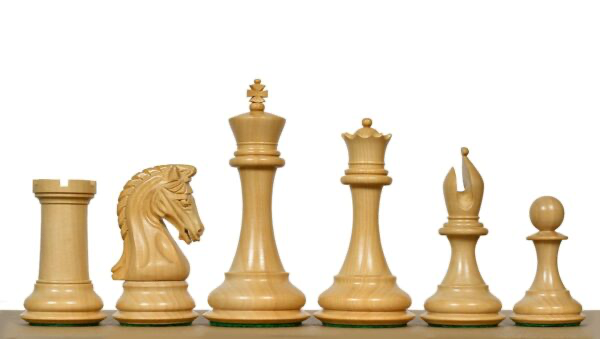
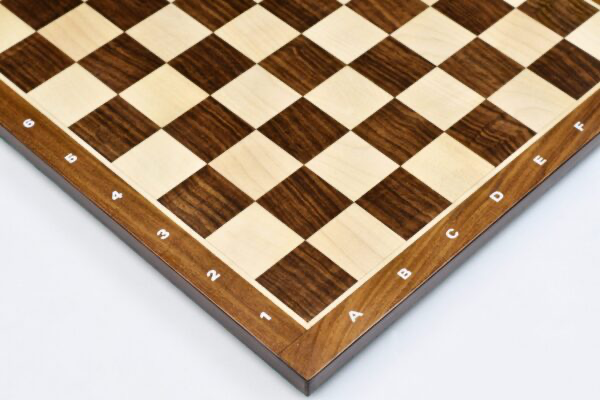
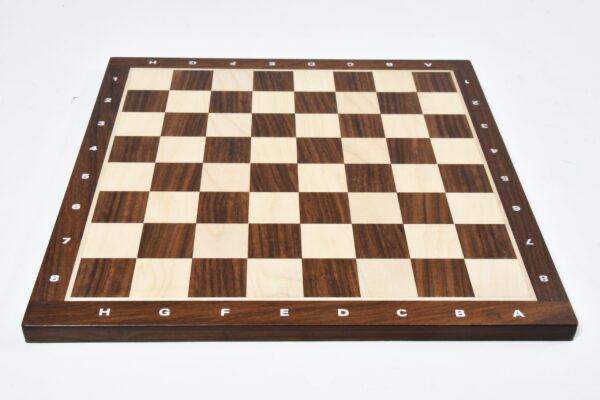
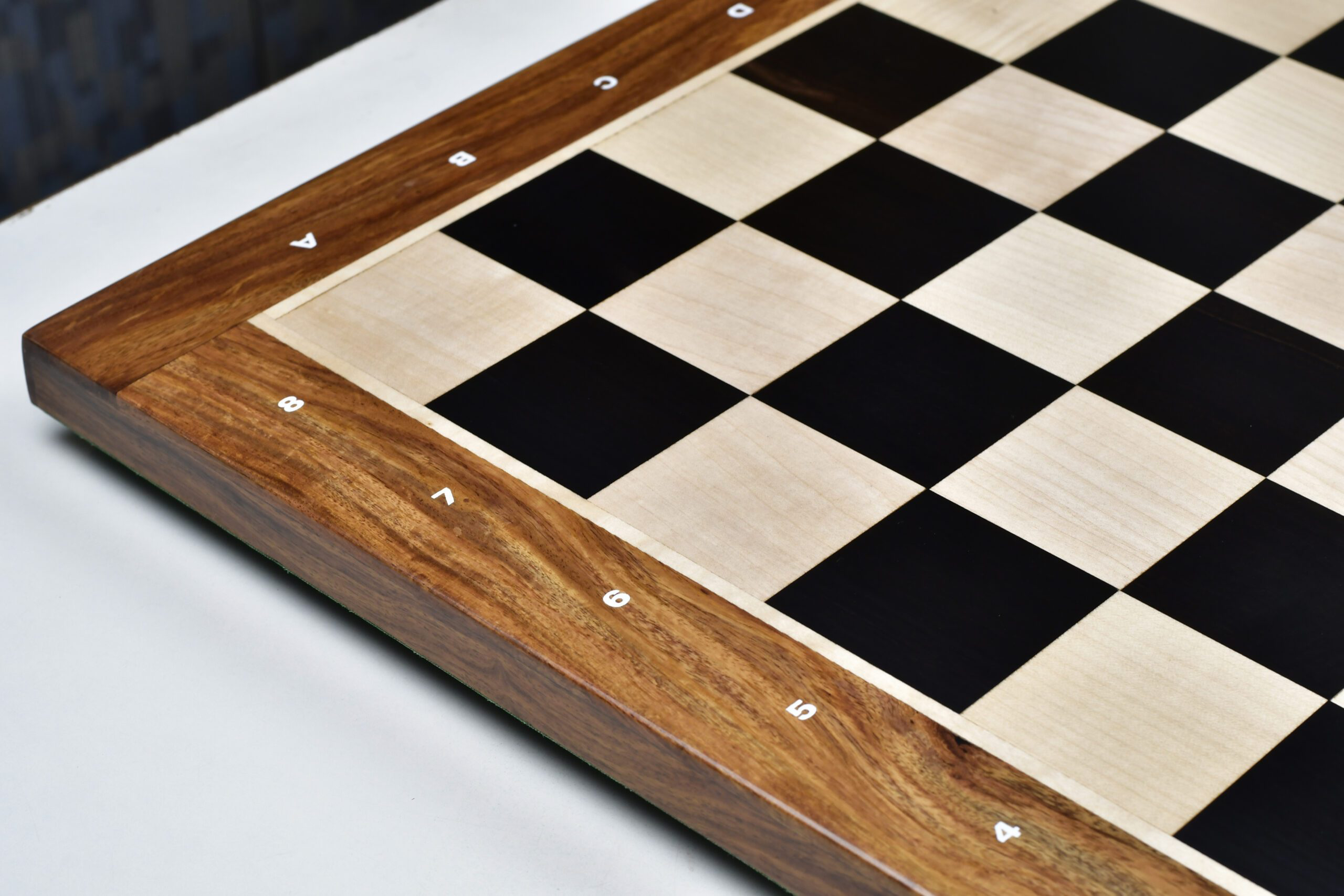
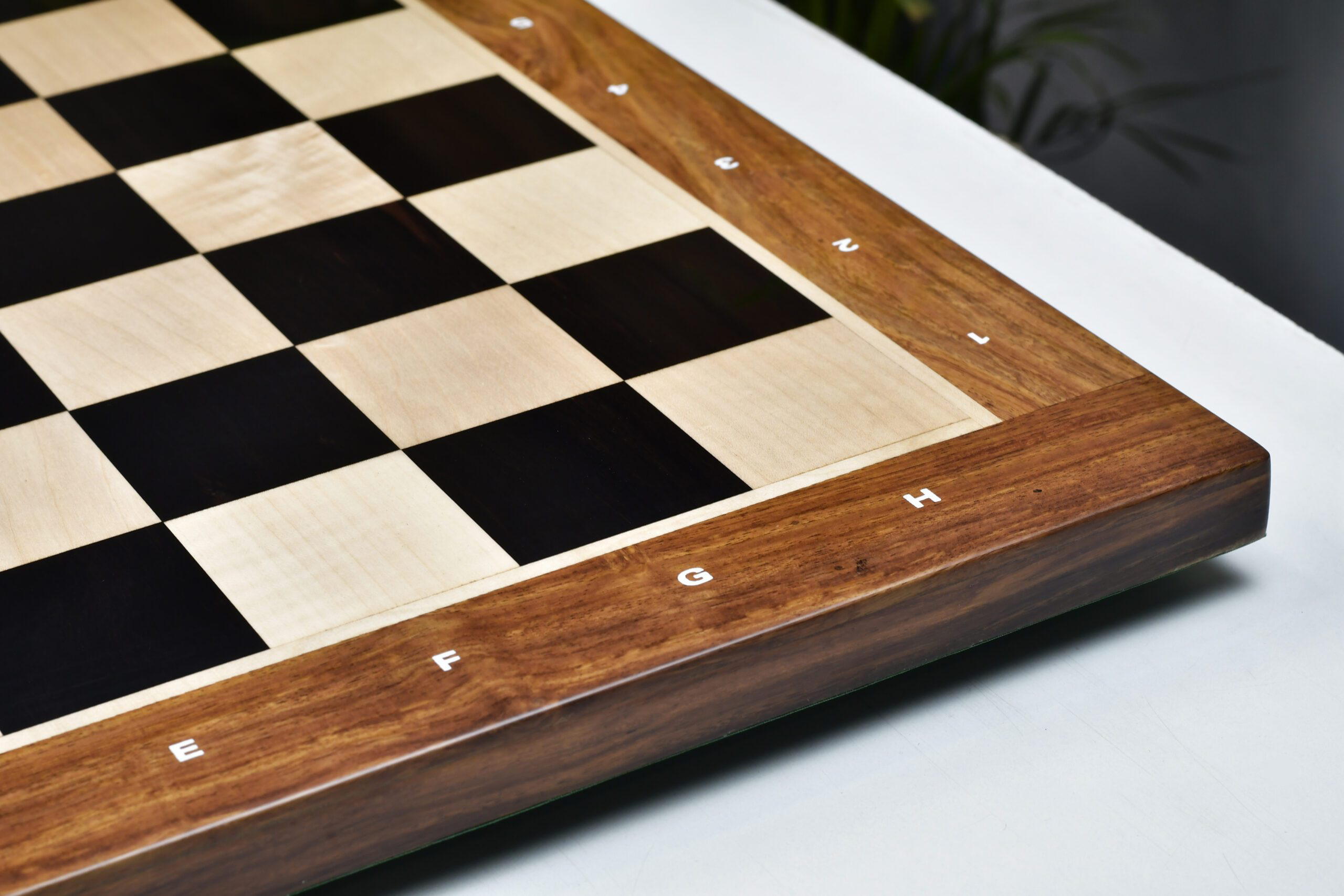


Leave a comment
All comments are moderated before being published.
This site is protected by hCaptcha and the hCaptcha Privacy Policy and Terms of Service apply.